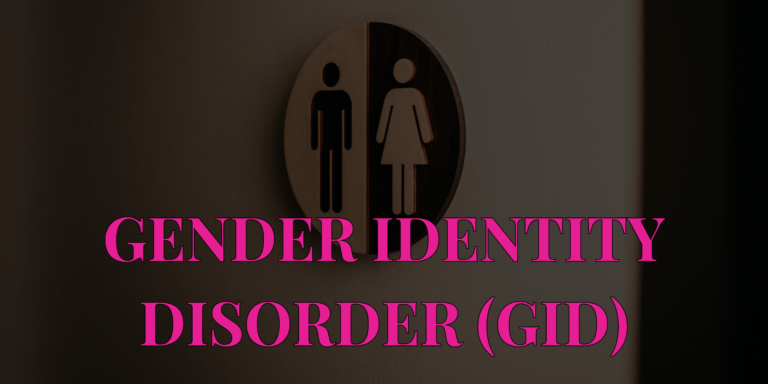
Gender dysphoria (previously gender identity disorder), according to the Diagnostic and Statistical Manual of Mental Disorders, is defined as a “marked incongruence between their experienced or expressed gender and the one they were assigned at birth”.
People who experience this turmoil cannot correlate to their gender expression when identifying themselves within the traditional, rigid societal binary male or female roles, which may cause cultural stigmatization.
This can further result in relationship difficulties with family, peers, and friends and lead to interpersonal conflicts, rejection from society, symptoms of depression and anxiety, substance use disorders, a negative sense of well-being and poor self-esteem, and an increased risk of self-harm and suicidality. Patients with this condition should be provided with psychiatric support. This activity describes the evaluation and management of gender dysphoria and reviews the role of the interprofessional team in improving care for those with this condition.
If you are worried or know anyone facing such problems, consult Dr.Veerendar or visit VRU Clinic in Hyderabad.

Symptoms:
Some signs that you may have gender identity disorder include:
Strong mismatch between gender identity and birth sex
Distress from desire to be another gender
Not just nontraditional gender expression
Symptoms may begin in early childhood
Feelings can come and go over time
Dysphoria may emerge at puberty or later
Teens may share feelings with parents or doctors
Mood issues, anxiety, or depression may appear
Social or school problems may be present
Causes:
There are many causes of this disorder:
Daily life activities may be difficult
Pressure to conform affects school/work
Harassment and bullying impact performance
Risk of dropping out or unemployment
Relationship struggles are common
Mental health issues may develop
Faces discrimination and minority stress
Barriers to accessing proper healthcare
Higher suicide risk without support
Consult Dr.Veerendar to Regain confidence and enjoy a fulfilling life with personalised care.
